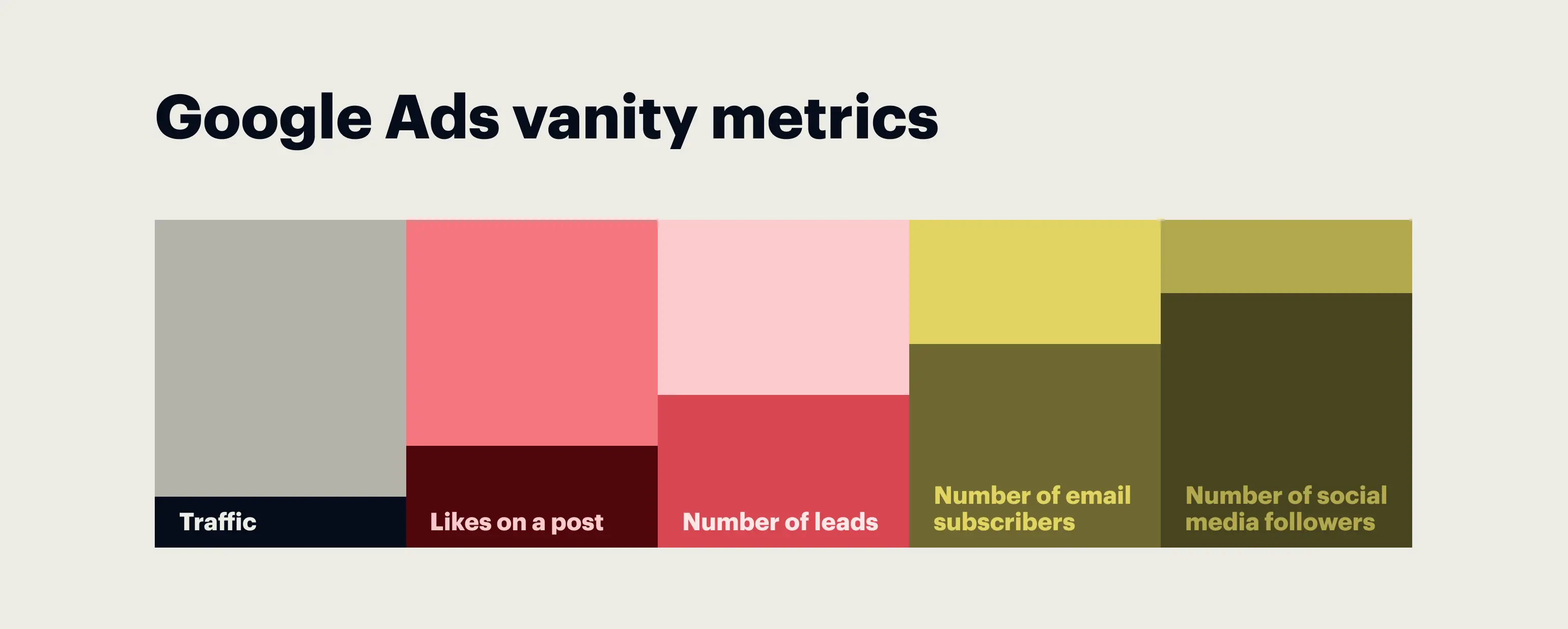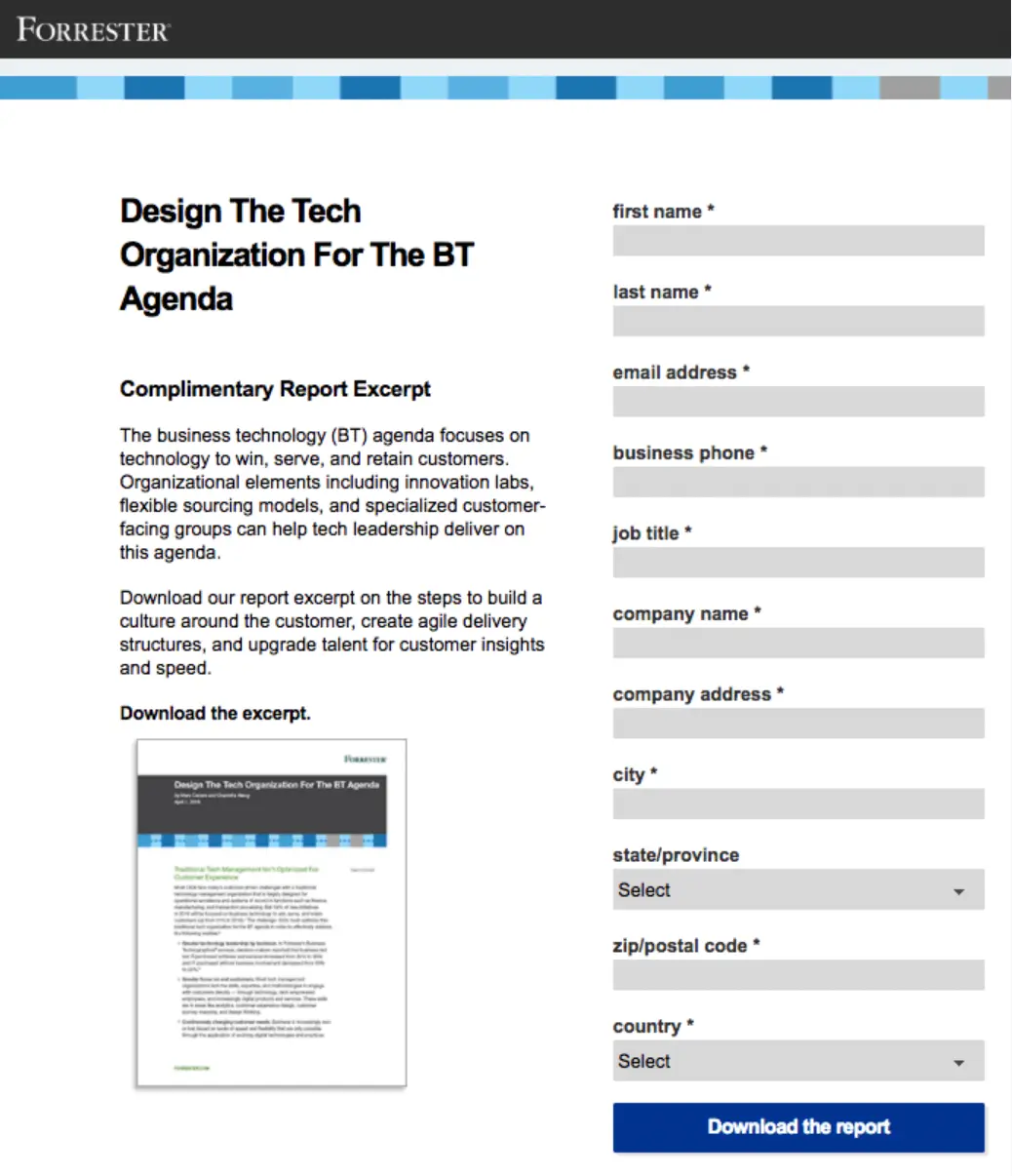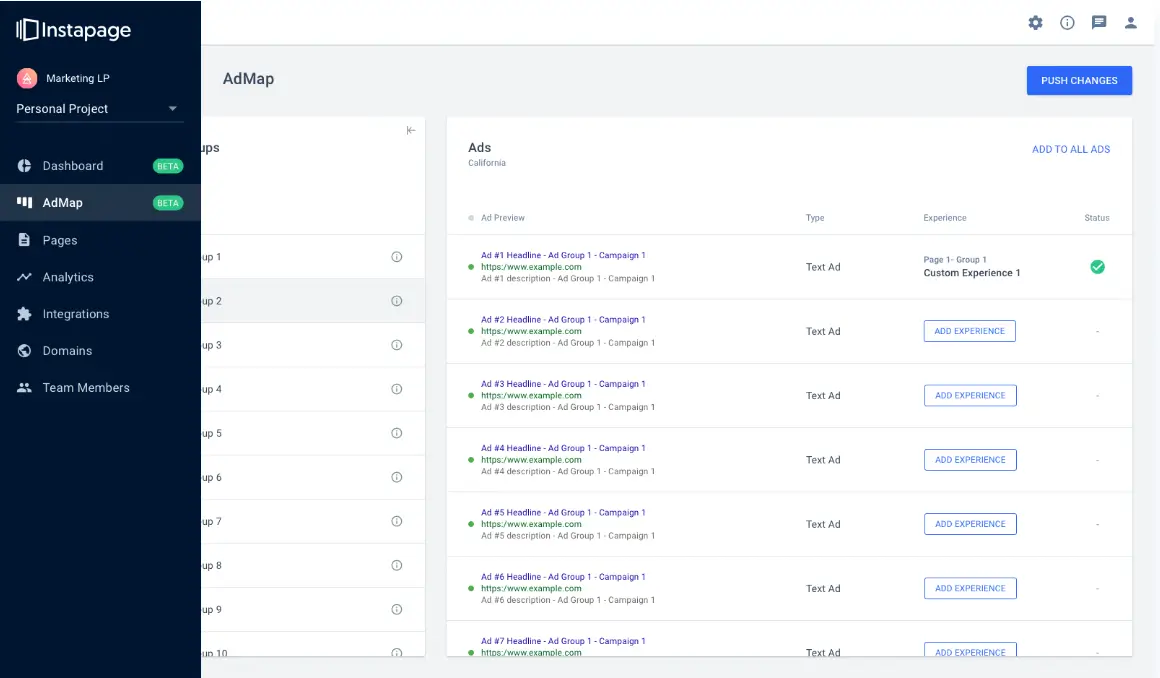Most brands’ first advertising step is to try their luck with Google search ads.
And this is with good reason, Google processes more than 40,000 search queries every second, enticing advertisers and brands with increased visibility, high-intent traffic, and targeted reach.
Though Google ads campaigns are effective and popular, you must also ask yourself how much Google ads truly cost.
Let’s take a look at the real cost of online advertising with Google and how to get the most out of your advertising dollars.
What is the cost of Google search ads?
Advertisers who are accustomed to running Google ads (previously called Google Adwords) have noticed a change year over year: paid search advertising conversion rates have decreased while the cost of generating leads through search ads continues to increase.
This means the value of your ad campaign has gone down. You’re paying more for every lead that clicks on your Google ads, but conversion rates are decreasing.
Not really what you want to hear, right?
Google, which remains the largest paid search platform attributes this YoY increase in lead price to more competition and intensified monetization of Google SERPs.
Google ads pricing can cost upwards of $10,000 per month, with most advertisers paying $0.11-$0.50 per click on average for display ads or even more than $2.00 for search ads.
Advertisers must consider not only the actual cost of the ad but also what else can affect their ad budget.
Numerous factors can influence the cost of Google ads, including competitors, services, products, and industry. Understanding these and discovering ways to optimize your ad budget is important.
What factors determine your Google search ad cost?
A Google search ad does not come with one fixed cost anytime you want to begin an ad campaign. Numerous factors related to your Google ads determine what advertisers will pay at any given time, such as:
- Industry: The industry you’re in plays a major role in Google ads pricing. Highly competitive industries like legal, insurance, and finance tend to have much higher average costs per click (CPC) of $6-20 or more. Less competitive industries, like retail and travel, have lower average CPCs, around $1-2. The reason for this variance is that advertisers in competitive industries are competing for the same audience and have to spend more to get their attention and secure a conversion.
- Customer lifetime value: A higher CPC may be justified if acquiring a customer is worth a lot to your business. High customer lifetime values likely indicate that your ad budget will be able to cover a high CPC (like $50 or more). If you’re an advertiser who provides a high-value service, then you may fall into this scenario.
- Targeting and optimization: Carefully targeting your Google ads to the right audience and optimizing your campaigns is crucial to getting a high return on ad spend (ROAS). Poorly targeted or managed campaigns will drain your advertising budget pretty quickly.
- Average CPC: Google determines your average CPC even though you have set maximum bid limits. You will not always pay the maximum bid you set. High-quality ads that receive a high-quality score (based on ad content, relevant landing page, and overall landing page experience) typically have a lower average CPC than Google ads with a lower-quality score.
- Budget: Small businesses may spend $1,000-10,000/month on Google paid search campaigns, while large brands can spend millions running Google ads. It’s important to set an advertising budget that makes sense with your company’s goals but still allows you to bid on highly competitive keywords that you know your users search for. Your PPC campaigns should produce desirable search results while keeping your daily average budget in check, which you can track by maintaining a consistent budget report.
How to optimize your Google search ads to ensure your advertising dollars aren’t wasted
To maximize the cost of Google ads, you will want to take steps to properly set up your ad campaigns for success. We recommend taking the following steps every time you begin a campaign:
Add negative keywords
Negative keywords are an important aspect of your keyword strategy. Adding negative keywords prevents your Google ads from showing up in irrelevant searches. In other words, negative keywords are search terms for which you don’t want your ads to appear in search results.
Including negative keywords can save you money because it makes your campaign more targeted and attracts the highest-value users who are likely to convert since they are finding exactly what they are looking for.
If you own a flower shop, you may use phrases like “local flower store” in your campaign. However, if you do not offer arrangements for weddings and special occasions, you probably do not want to show up when people search for “wedding flower arrangements”, so you would add “-wedding flower arrangements” as a negative keyword in your keyword strategy.
Focus on long-tail keywords
To ensure you’re attracting the most qualified leads and reducing competition, target specific, longer search terms. Pinpointing what your leads need when they need it with multi-word phrases will increase your conversion rate and will keep your spending on Google ads on track.
Our flower shop in the example above would probably want to include long-tail keywords like “local flower shop near me”, “floral delivery near me”, “same day flower arrangements”, “Mother’s Day flowers near me”, “pink roses near me” and so on.

Don’t track vanity metrics
Avoid focusing on metrics that don’t directly impact your business goals. Be extra considerate of this if you provide regular reporting to executive-level stakeholders. If it does not matter to your bottom line, it probably is not worth tracking.
You’ll be much more efficient and successful if the metrics you track help you make informed, data-driven decisions that optimize your campaigns.
Vanity metrics can be measured and may be of interest to you, but ultimately have no significant effect on ROI or ROAS. Examples of vanity metrics include:

Focusing on actionable metrics like conversion rate, engagement rate, customer acquisition cost, customer lifetime value, and churn rate is more helpful.
Optimize campaigns regularly
With online advertising, it’s important to continuously monitor and adjust your campaigns by analyzing data, refining keywords, and improving ad copy to maintain optimal performance. Enlist the help of a Google keyword planner, a PPC agency, a Google display network, or other resources that will help you reach your goals.
You’ll also want to consider that a Google ads auction will regularly occur and will influence your chances of a favorable ad placement. When a Google ad is eligible to appear for a search, it will go through an ad auction that will determine if it will receive the highest ad rank. The ad auction process is repeated for every Google search, so it’s normal that ad placement will fluctuate over the course of your campaign.
Automated bidding can help you win a higher position, especially if you’re using highly relevant keywords and ad content.
Utilize Google Analytics
Online advertising platforms typically give access to analytics tools that help you track your campaigns. Use a tool like Google Analytics to gain insights into user behavior, track your actionable metrics, and refine your targeting strategies for better results.
With Google Analytics, you can track your Google ads costs, and your ad spend, know what your ad rank is, and so much more.

Target specific audiences
Audiences are a powerful way to get the most out of Google ads campaigns. Using your audience as your primary focus, you’ll go after a type of person versus a type of search query.
Google separates audience targeting into four categories:
- Google’s segments: includes demographics, affinity segments, in-market segments, and life events
- Your data segments: includes website remarketing, app remarketing, social media remarketing, and similar audiences
- Custom segments: includes search term-based insights, types of websites people browse, types of apps people use
- Other options include combined segments and optimized targeting
With deeper audience targeting, you’re more likely to hit your conversion goals.
Improve Quality Score
Google’s Quality Score is a tool meant to give advertisers a sense of how well their ad quality compares to competitors’ Google ads. It uses a scale of 1 to 10 and tells you how relevant your ad and landing page are to someone searching for your keyword compared with advertisers.
For flower shops competing for the search term “Mother’s Day flowers near me”, a Quality Score would indicate what your user’s experience is like when searching for that term.
A Quality Score is calculated by weighing the expected click-through rate, ad relevance, and landing page experience.
Quality Score can be used as a general indicator of ads, keywords, or landing page elements that need to be improved.
Improve landing page experience
Advertisers may think that getting their ad right is the priority. However, it is crucial to create personalized, dedicated landing pages for each of your search ads so that you can increase your chances of conversion.
Google ads that have dedicated, message-matched landing pages increase the likelihood of turning ad clicks into conversions because they’re focused on specifically what your ad offers. On the other hand, ads that direct users to a product page or a homepage can confuse users and discourage them from taking a desired action.
A user who clicks on an ad from Forrester about a new research report that is available is taken to a landing page where they can preview the report and download it on the spot.
Had they been taken to Forrester’s homepage, they would have had to search for that specific report and risk downloading the wrong one or abandoning the site altogether before finding what they wanted.

Use the AdMap™ feature to keep your Google Ads costs down
We’ve learned that there are many factors that influence how much enterprises and small businesses spend on Google ads, and can agree that optimizing ad campaigns is a smart way to keep Google ads pricing down.
Instapage is a powerful landing page builder designed to drive conversions. It helps advertisers create dedicated landing pages for each of their Google ads. Beyond its ease and intuitiveness, Instapage offers a wide range of features to help advertisers visualize and optimize their campaigns.
AdMap™ provides a visual layout of the pre- and post-click stages of ad campaigns. With AdMap™, it’s easy to identify which ads and audiences are missing relevant landing pages and quickly solve the problem with personalized pages that are optimized for conversions.
You can see your campaigns, ad groups, and ads, create new pages, edit and update connected pages, and serve the best experience to the right audience at the right time.

Plus, Instapage’s AI content generator helps you scale your landing pages with AI-made headlines, paragraphs, and CTAs. You can automatically create variations for your pages so you can A/B test various elements to understand what resonates most with your audience.
And, you can create personalized experiences for different segments of your audience, offering highly-tailored content that speaks to the needs of your leads.
Get the most out of your Google ads budget by integrating with Instapage. Try before you buy with a 14-day free trial.

Try the world's most advanced landing page platform with a risk-free trial.
